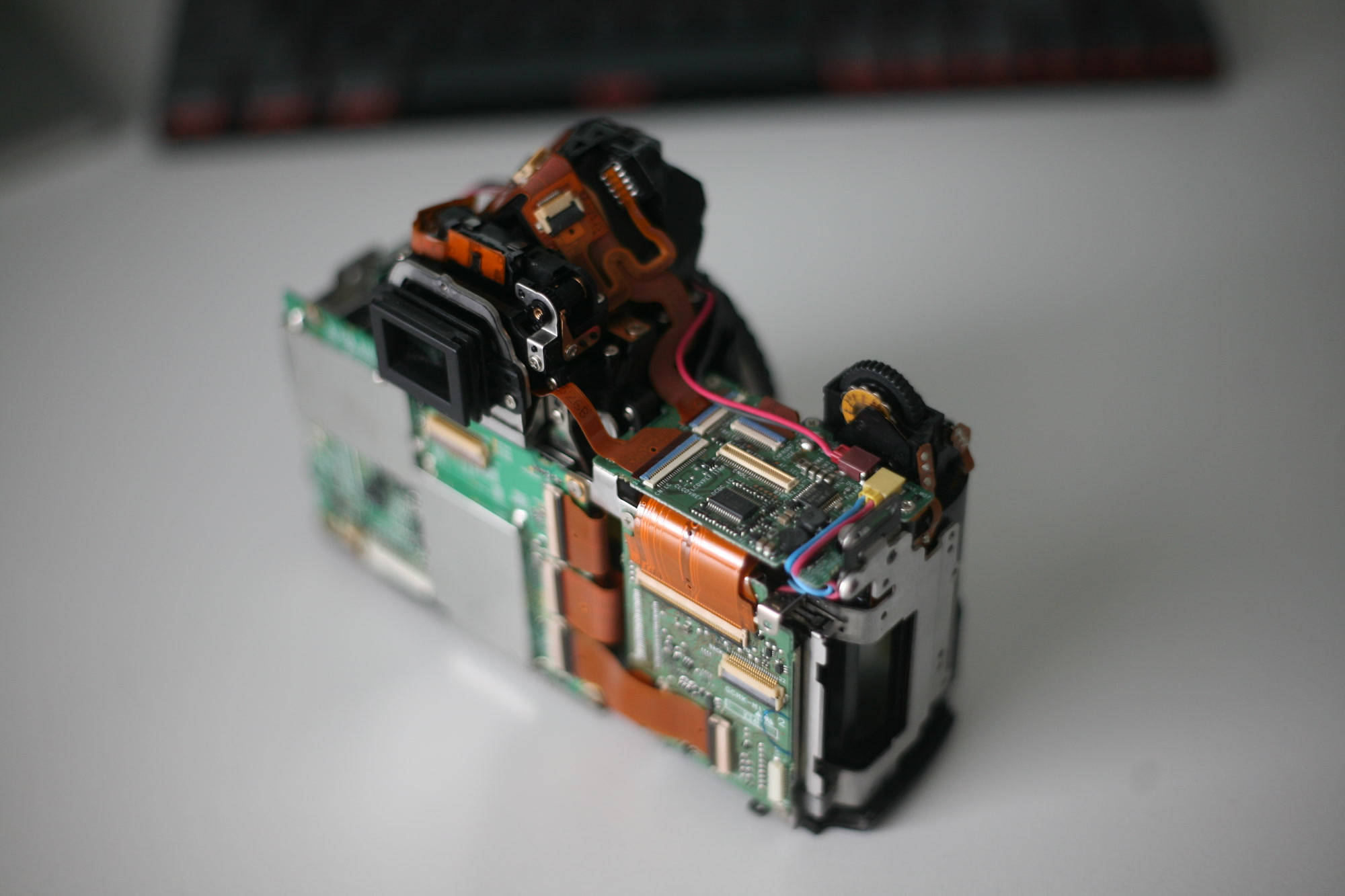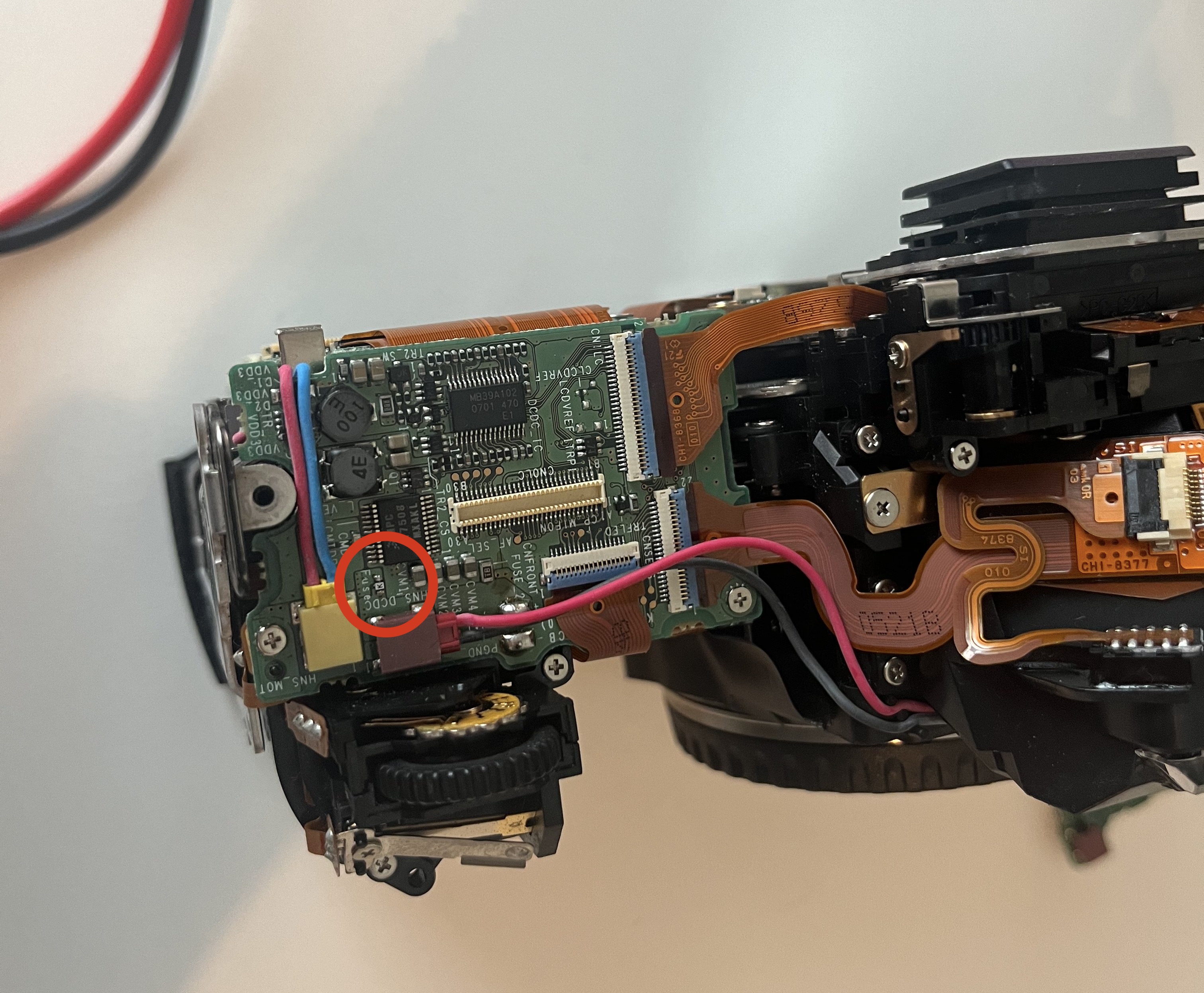
As a proud owner of a Canon 5D Classic, I never thought I’d find myself deep in the world of camera repair. But here I am, thanks to a simple mistake that led to a blown fuse. Let me share my experience and what I’ve learned along the way.
The Fateful Moment
I was excited to try a new lens on my 5D classic. In my haste, I made a rookie mistake - I changed the lens while the camera was still on.
Oh dear… the camera was dead. Thought it had maybe ran out of battery. Unfortunately that was not the case.
Help, my 5D Classic wont turn on!
From my research it seems that changing lenses, especially third party lenses can sometime cause a short circuit on the lens contacts and can blown a fuse. Making the camera completely unresponsive.
There a 2 possible blown fuse culprits.
- The 1.5A K fuse under the top LCD panel.
- The 3A P fuses on the side board.
I took the camera apart and checked the 1.5A fuse under the top LCD panel. It was blown. (The volt meter read 0L in one direction and 1.6L in the other) then checked three 3A fuses on the side board. They were all fine.
Keep in mind I am not an expert in electroncis so It took me a while to figure out what I was doing.
The Fuse Hunt
The 5D Classic, I learned, has two power boards:
-
One on the side of the camera, underneath where you connect USB or flash sync cables. This board is tricky to access and has three P 3A fuses.
-
The other, more accessible board is under the top LCD panel. This one has a 1.5A K fuse.
In my case, it was the 1.5A K fuse on the top DC board that had blown. This fuse is often the culprit in situations like mine.
The Technical Details
Both types of fuses in the 5D Classic are 0603 SMD (Surface Mount Device) fuses. They’re tiny - about the size of a grain of rice. The “K” on my blown fuse indicates its 1.5A rating, while the “P” fuses on the side board are rated for 3A.

The Fix
These cameras are so old now its not worth sending them anywhere to be reapired. Given the price of the camera, they are almost disposable. I grew fairly attached to this classic though so I decided to try and fix it myself.
However, I can’t stress enough how delicate this operation is. These fuses are incredibly small, and one wrong move could damage the board irreparably. If you’re not confident in your soldering skills, it’s best to practice your soldering skills on a different board first.
I set my soldering iron to a very hot setting and carefully heated the fuse until it melted. I had to carefully pry the old fuse out with a pair of tweezers and use some solder wick to cleant the contacts. Then using some liquid flux I was able to gently place the new fuse in the board and solder it in place.
Alternative solutions
During my research I came across a few other solutions.
- Use a full size ceramic fuse and solder small wires onto the ends of the blown fuse. This seemed to work but requires some fiddly routing of the wires and placing a fuse holder in the camera cavity between the side DC/DC board and the I/O interface.
- Use a slightly larger SMD fuse. Soldering ontop of the blow fuse. The blog post detialing this is here - Canon 5D Classic fuse replacement (incidentally this is the best guide for dismantling the camera I could find)
- Replace the entire board. If you have a donor camera, you can swap the board. This require you de-soldering and removing more flex cables.
Where to buy fuses
I was able to buy 10 fuses for £3/4 from ebay.
Lessons Learned
- Always, always turn off your camera before changing lenses.
- If your 5D Classic suddenly dies, don’t panic - it might just be a blown fuse.
- The 1.5A K fuse under the top LCD is often the culprit in power-related issues.
- These fuses are replaceable, but it requires steady hands and soldering skills.
Any questions please contact me via instagram @classic.5d